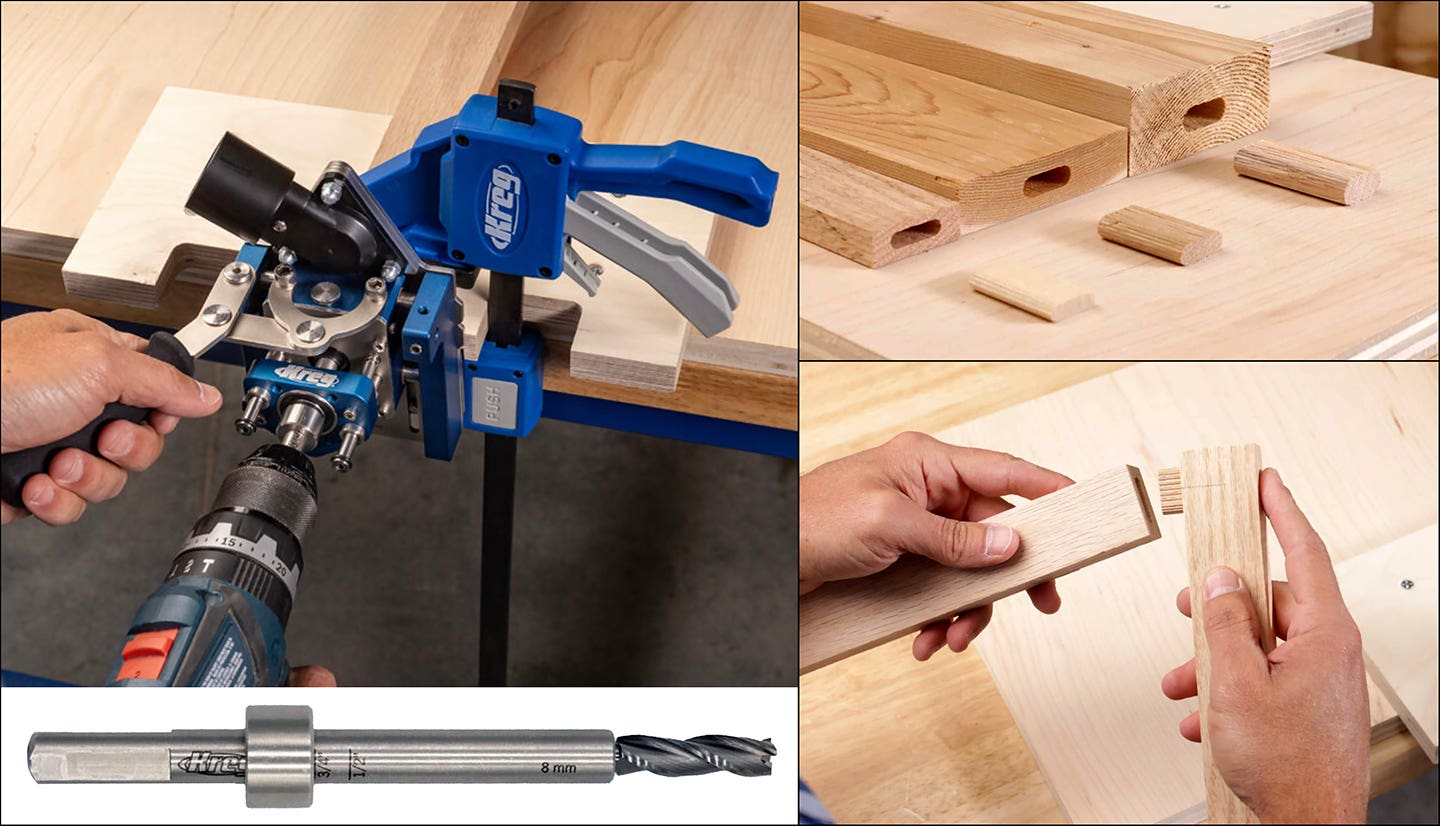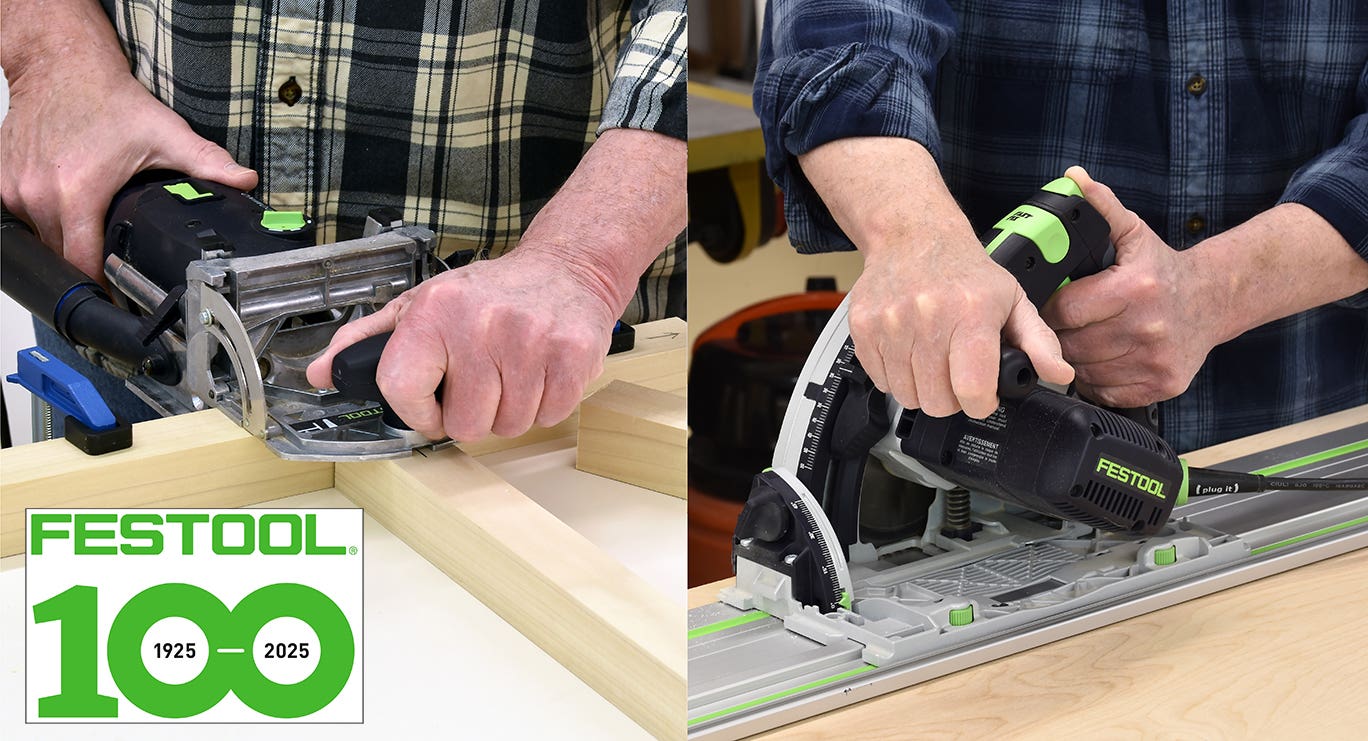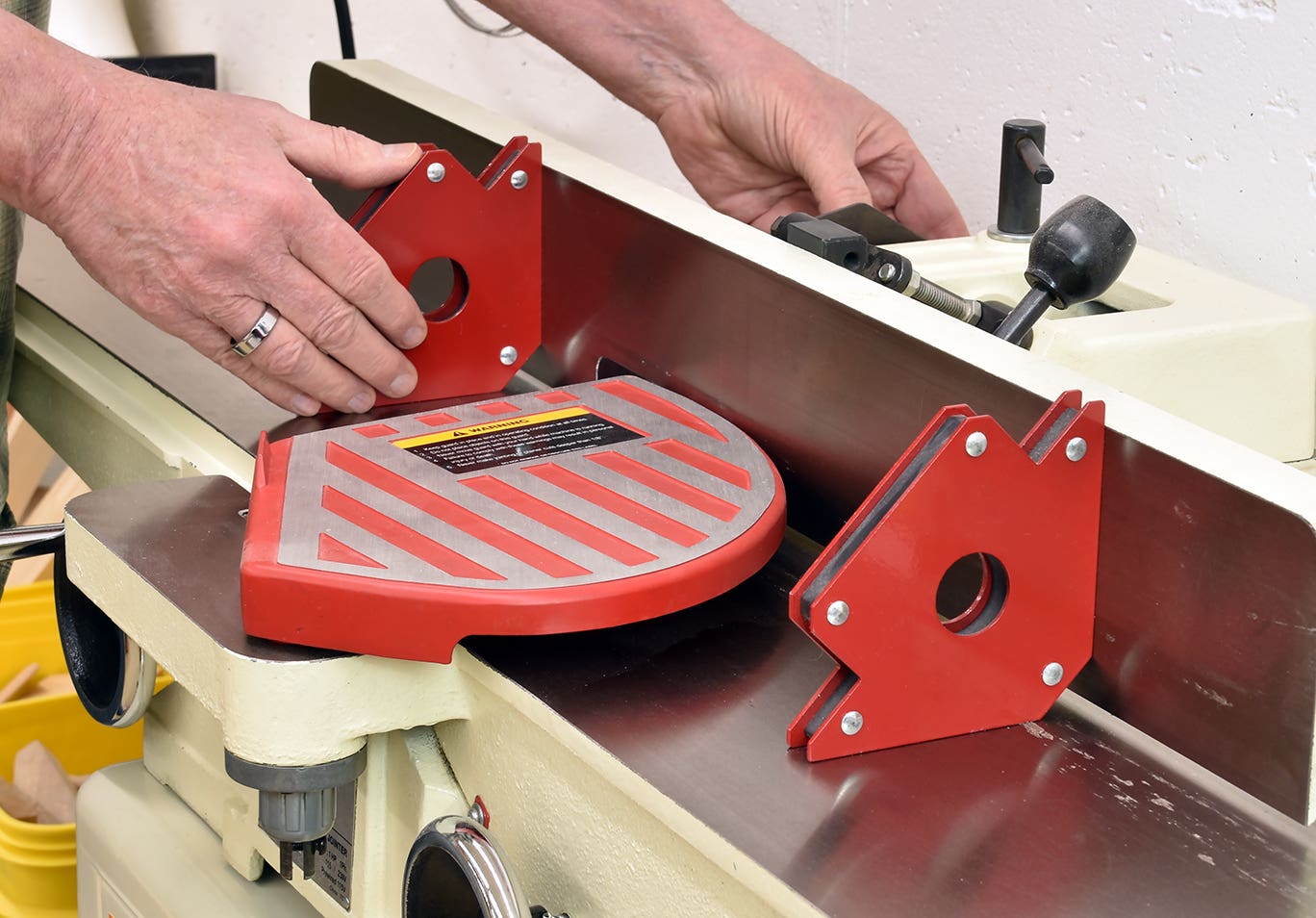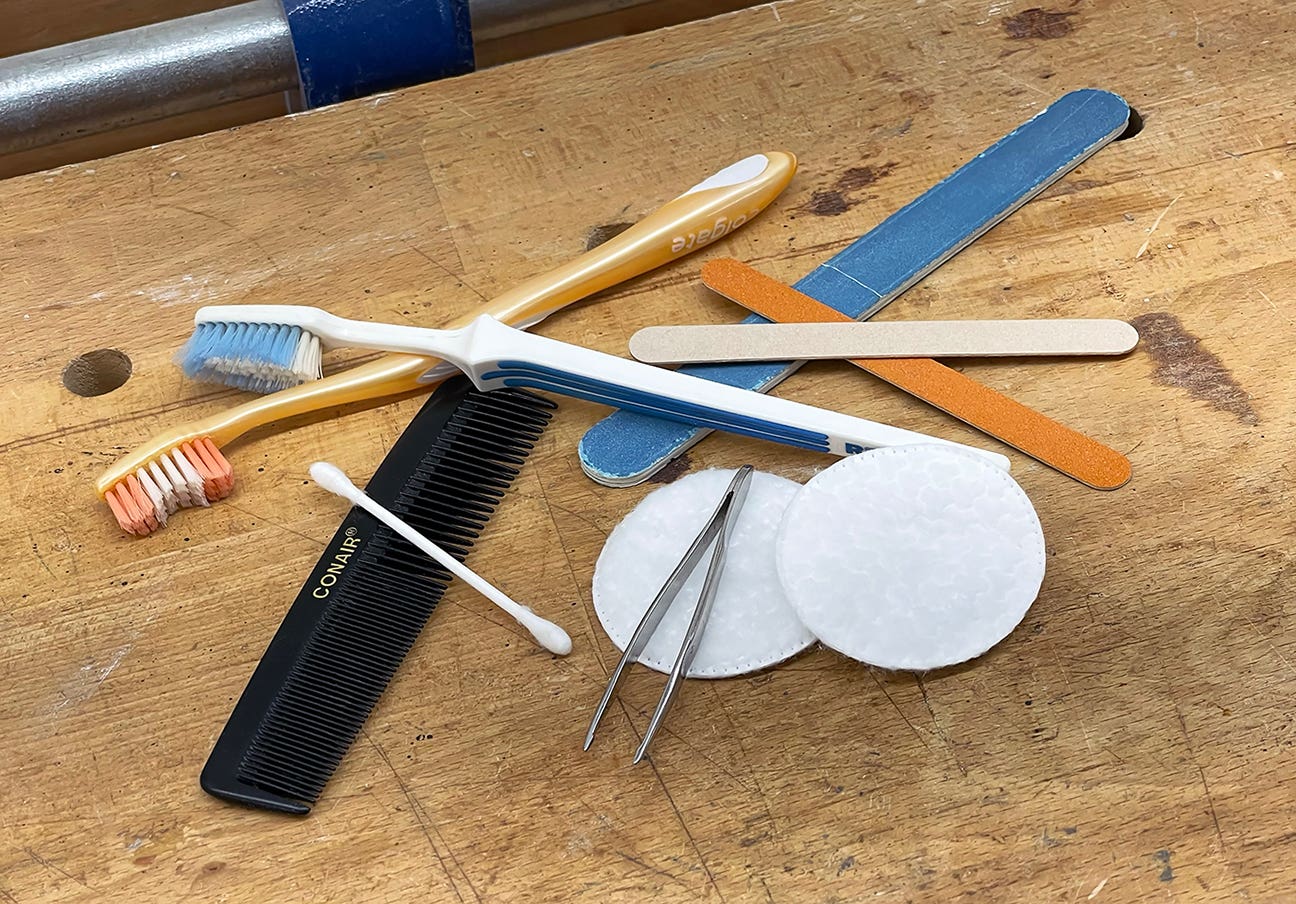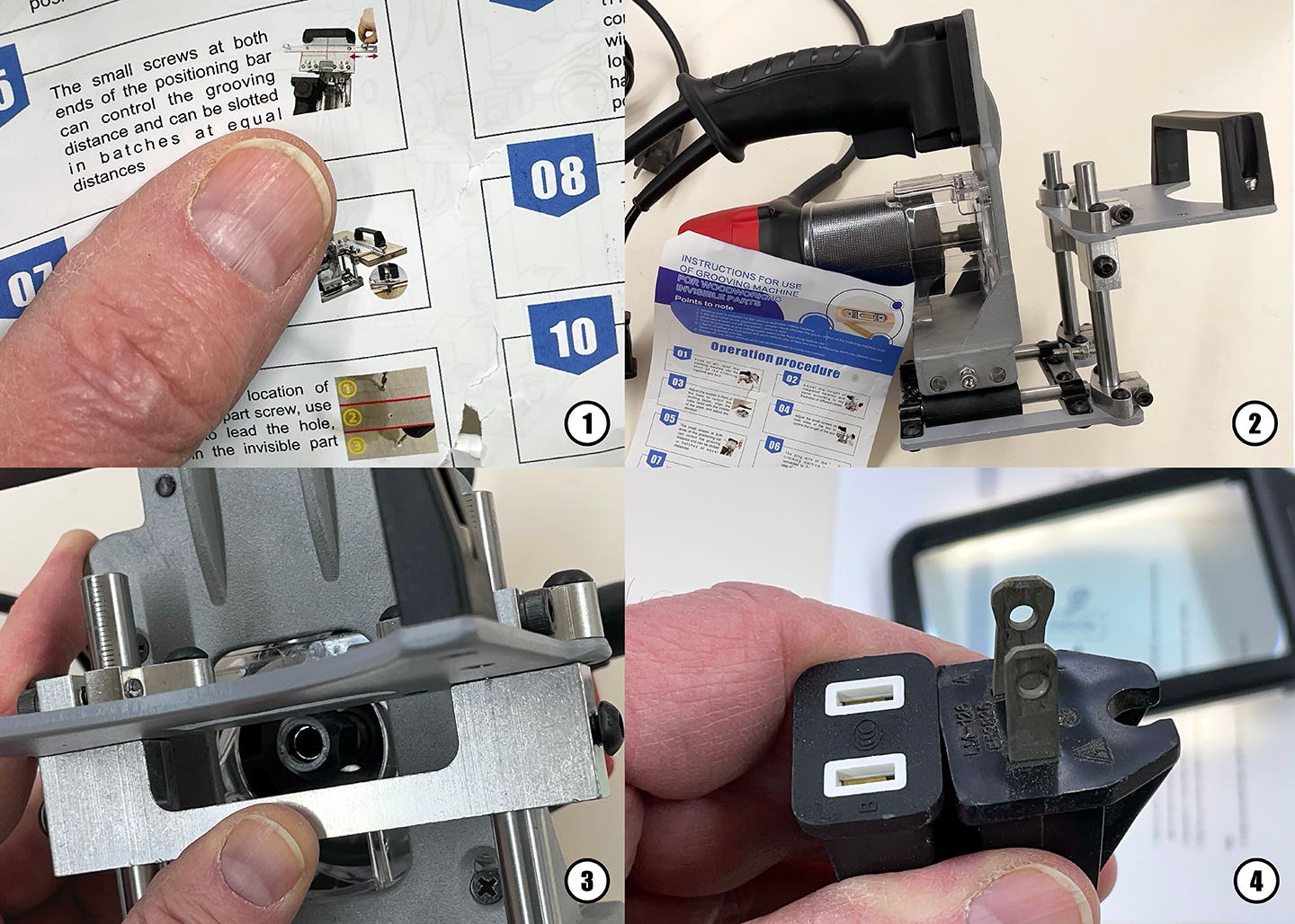Learn a lot running a woodworking school
Fifteen years ago, I was running a small woodworking school in a funky L-shaped room with a leaky roof (try keeping a straight face when water is dripping on your…
Fifteen years ago, I was running a small woodworking school in a funky L-shaped room with a leaky roof (try keeping a straight face when water is dripping on your head while you demonstrate how to use the table saw). As much as I liked working at the architectural millwork firm, I realized the school would always take a back seat to the main focus of the business.
{loadposition position10}
So my partners and I opened a Woodcraft store that had an established school as a main part of its business plan. What could be better? Come for a class and buy some tools. But when I first presented the idea of a full-fledged school to the corporate people and told them the dollar amount that I planned to do in school tuition sales, they basically laughed at me. A year after we were opened, they finally started to take notice of this whole "education thing" because I had not only met my projections, I doubled them.
So what is it about starting a woodworking school? It seems that every time I open a woodworking magazine, there is yet another ad for a new woodworking school - usually run by a furniture maker. They're probably thinking, "It can't be that hard, right? I know how to make furniture, I have some tools and I can keep doing my own furniture. But I can attract students and teach them anything they want to know at the same time?"
It's easier said than done.
Be prepared
Running a good school is a lot of work and it has nothing to do with making furniture. It has everything to do with running a school.
First, you need to figure out what you are teaching. You have to come up with an organized curriculum. What is in the class you want to teach and, more importantly, what is not in the class? It is so easy to fall prey to the student who wants you to tell them everything you know about woodworking during a three-hour sharpening class.
I have seen so many schools that offer a beginning woodworking class. They tell students to come in on the first night, bring an idea of what they want to make and then they will design the project and proceed to make it in six nights.
Picture it: eight people with different skill levels, each trying to design a different project (which, by the way, they have no idea how to do) and hopefully cutting some wood by the third class. Meanwhile, the instructor is running from student to student, and then running to the table saw where a kickback has occurred. It is no wonder that at the end of the class not a single thing has been made and most of the students don't come back.
Teaching a group of people is not an easy thing to do. You have to be something different for everyone, whether it is protector to someone who is just starting out and is afraid of everything or it's being the "buddy" to someone who thinks he knows everything and spends all of his time making sure you know that.
Preparation is everything. It took my friends a long time to learn that dropping by on their way home from work to hang out was not a really good time for me to stop and shoot the breeze. I typically spend a minimum of one hour and usually two or three hours setting up a three-hour class, going through all the operations I plan to cover that night such as getting the lumber milled, making sure the tools are in good working order and doing any of the critical machine setups in advance with no distractions.
My own organization is crucial to the success of a class, especially with an advanced project class. If I have not examined each operation we need to do, in what order we will do it in and, most importantly, how many operations we can do simultaneously, then we will get very little done and the project will not even be close to finished in the time allotted.
Keep it simple
In order for the students to have any chance of success, you cannot overwhelm them with information or ask them to do something for which they have no concept. You have to give them information in small amounts and in such a way that they can relate it to something they already know and understand.
In a full-time program, the instructor can start at the beginning with design instruction and the classic project to flatten and dimension a board four-square using only hand tools. In a part-time program, where you only have students for a few hours at a time and their interest and passion for woodworking ranges widely, you need to get them working on something tangible as soon as possible. Many of these students are here just to try something new or as a way to get out of the house. They have no intention of doing woodworking as a career. In fact, they have perfectly good careers as doctors, lawyers or CEOs of major companies. They did not just pay $400 to "flatten a board." Most of them would look at the board and say it was just fine the way it was or maybe they would wonder why you didn't just buy it that way?
It is not until they have started working with wood and have made a few small projects that the serious ones can start to see the shortcomings of the machines and the need to develop hand skills.
If you can stand the heat ...
I always try to ask my students why they have come to my school. The standard answer is, "I wanted to learn the right way," but frequently the answer is "that I sit in front of a computer all day and don't feel like I do anything at all." Or simply, they are bored with sitting at home every night. These are the people who are really fun to have in class. They have no preconceived notions, no bad habits to break and they usually really appreciate whatever they have made. Many of them go on to make some new friends at the school. Through the years, I have seen many make plans to take another class "if my buddy is going to do it, too."
I have never claimed to be an expert furniture maker. I probably have more experience in a kitchen than a workshop, having spent 18 years as a chef. But it was probably my abilities to run a commercial kitchen that have led to my success at running a school. Planning and logistics is everything in a kitchen and it is the same with running a successful school.
Bob Van Dyke is the founder and director of the Connecticut Valley School of Woodworking in Manchester, Conn.
This article originally appeared in the July 2010 issue.


